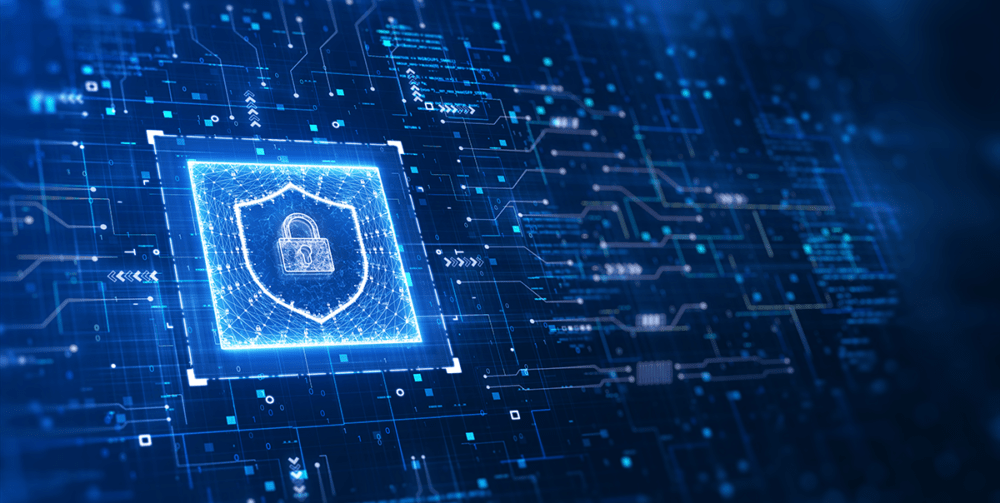Introduction to Cybersecurity Best Practices
Learn about essential cybersecurity best practices to protect your organization

In today’s digital landscape, cybersecurity is no longer optional—it’s essential. With cyber threats evolving at an unprecedented rate, organizations must implement robust security measures to protect their valuable data and systems.
Why Cybersecurity Matters
The consequences of security breaches can be devastating:
- Financial losses from theft or business disruption
- Damage to reputation and customer trust
- Legal and regulatory penalties
- Intellectual property theft
- Operational disruptions
According to recent studies, the average cost of a data breach has risen to $4.35 million in 2022, a 13% increase over the past two years.
Core Cybersecurity Best Practices
1. Implement Strong Authentication
Multi-factor authentication (MFA) significantly reduces the risk of unauthorized access:
- Something you know (password)
- Something you have (security token)
- Something you are (biometrics)
Organizations implementing MFA have seen a 99.9% reduction in account compromise attacks.
2. Keep Systems Updated
Regularly updating software and systems is critical:
- Apply security patches promptly
- Maintain updated antivirus and anti-malware solutions
- Establish a structured patch management program
- Monitor vendor security bulletins
3. Train Your Employees
People remain the most vulnerable link in security:
- Regular security awareness training
- Simulated phishing exercises
- Clear security policies and procedures
- Cultivating a security-conscious culture
Steps to Secure Against Zero-Day Attacks
Software Review
Regularly audit all software in your environment to ensure it's up-to-date and necessary for operations.
Network Segmentation
Divide your network into isolated segments to contain breaches and limit lateral movement of attackers.
Backup Strategy
Implement a comprehensive backup strategy with offline copies to recover quickly from attacks.
AI-driven Monitoring
Deploy advanced monitoring solutions that can detect unusual behaviors that may indicate zero-day exploitation.
Advanced Security Measures
For organizations seeking stronger protection:
- Zero Trust Architecture: Verify every access request regardless of source
- Threat Hunting: Proactively search for threats that evade existing security controls
- Security Automation: Implement automated security responses to common threats
- Cloud Security Posture Management: Continuously monitor and secure cloud environments
Conclusion
Cybersecurity is not a one-time effort but an ongoing process requiring vigilance and adaptation. By implementing these best practices, organizations can significantly improve their security posture and reduce the risk of devastating cyber attacks.
Stay secure, stay vigilant!